People around the country are starting to clear out the beds of their trucks, they’re buying charcoal, and they’re snapping up hot dogs and burgers in record numbers; my friends can mean only one thing, tailgating season is here, and thus, the sports photography season is also upon us once again.
Whether you like to capture sports for fun, you’re a high school sports photographer, or you have access to some of the most significant sporting events around, all sports photographers have one thing in common. You need cameras that will not let you down when the going gets tough.
As a sports photographer, you need to feel comfortable with your gear. You need to know that no matter what, the autofocus system will not fail you, that the images you produce do the moment justice, and that the camera will be comfortable to use for long periods. Fortunately, there are lots of options on the market now that you can rely on.
All the cameras we have listed below have been designed to make the life of a sports photographer easy. The cameras have sensational sensors that produce detail-rich images. All the autofocus systems have been infused with AI to make tracking subjects such as people, bikes, and cars easier. You’ll find blazing-fast burst rates which will help you capture the precise moment of a critical play. All of the mirrorless cameras below also feature tons of weather sealing and rugged build qualities.
Just as a note, the cameras are listed in price order. The list order in no way reflects how we feel about the cameras and their performance. All of the cameras are on this list based on merit. We love them all equally. So, let’s get into it.
Canon EOS R7 — An APS-C powerhouse with pro-grade autofocus
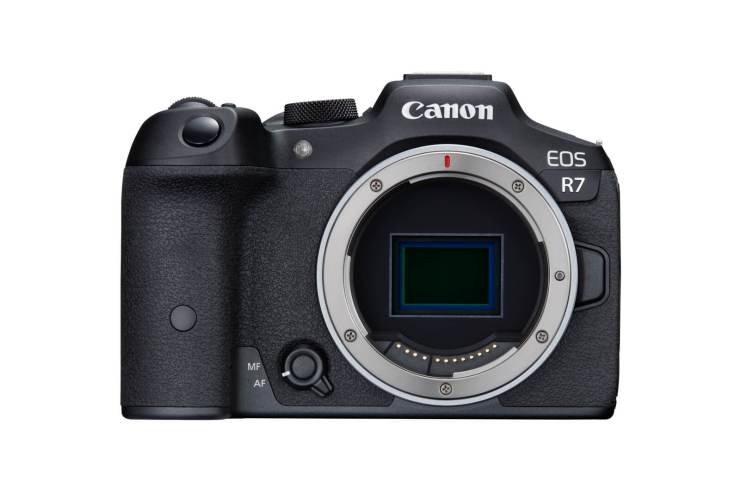
One of the newest kids on the block, the Canon R7, is one of the best mirrorless cameras for sports photographers on a budget. The R7 is a bargain at under $1,500. The R7 features the largest APS-C sensor on the market (at the time of writing) that boasts a whopping 32.5-megapixels. The sensor is paired with Canon’s incredible Dual Pixel CMOS AF II and can rattle off 30 frames per second with its electronic shutter. In addition, the mechanical shutter fires off 15 frames per second, which is also mighty impressive.
On top of the features listed above, you’ll also get incredible IBIS, dual UHS-II card slots, a 2.36-million dot OLED EVF, weather sealing and ergonomics that make this camera comfortable to hold for long periods. For the price, the Canon EOS R7 is one of the best bang-for-the-buck mirrorless cameras for sports photography.
CHECK THE LATEST PRICES AND AVAILABILITY HERE
Olympus E-M1X — A sports photography essential for those in harsh climates
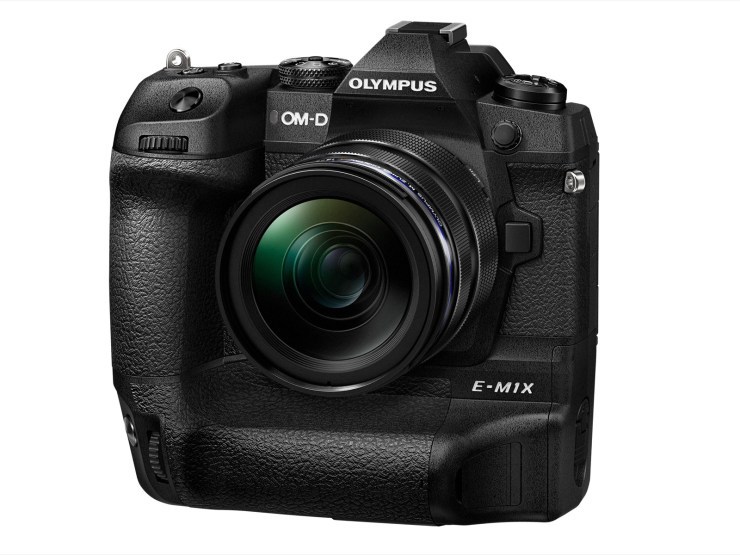
The Olympus E-M1X makes sports photography easy thanks impressive autofocus system. You can track athletes easily, and thanks to the IPX1 weather sealing, you can use the E-M1X in any weather scenario without worrying about your camera. This is perfect for those inevitable nights when you’re stuck on the sidelines in torrential rains or blowing snow. If you need a rugged camera, the E-M1X is the one to get.
The E-M1X has a built-in battery grip that can house two batteries. There’s an articulating screen which makes getting any shot easy. The 20-megapixel Micro Four Thirds sensor offers good dynamic range and great ISO performance up to ISO 6400. The E-M1X also produces files of a reasonable size. So, you won’t be bogged down trying to transmit large files to your editor if you use this camera for sports journalism. You’ll also find dual UHS-II card slots, class-leading IBIS, an easy-to-learn control layout and fantastic ergonomics. In all, the E-M1X is an excellent camera for sports photography. Amazingly, you can get this pro-body option for less than $2,000!
CHECK THE LATEST PRICES AND AVAILABILITY HERE
Nikon Z 9 — A new standard in cameras for sports photography
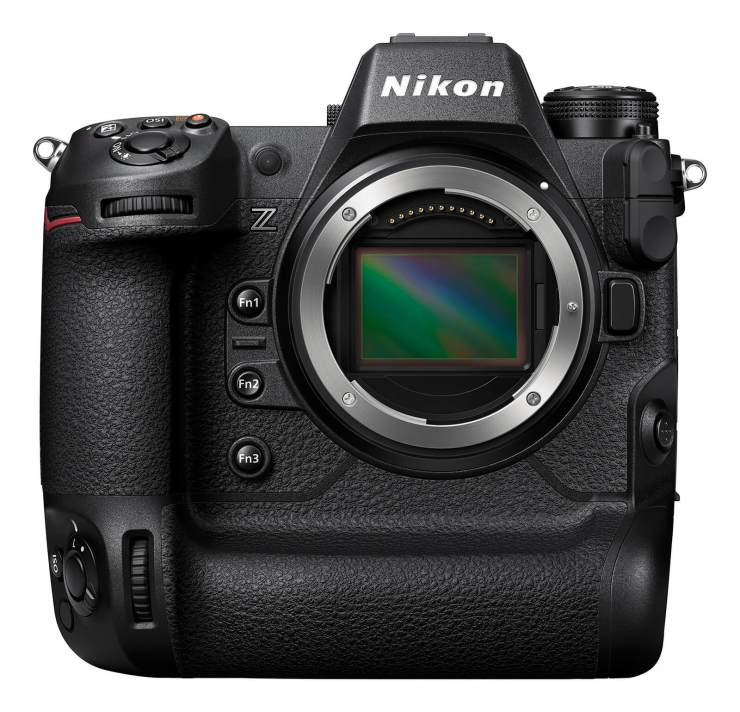
The pro-body Nikon Z 9 is the new darling of the sports photography world. The Z 9 welcomes the 3D tracking that made Nikon DSLRs so formidable. The camera uses 493 AI-infused autofocus points that can track subjects with ease. There’s also blackout-free real-time EVF which will help you keep up with fast-paced sports.
Powering the Z 9 is a 45.7-megapixel stacked full-frame sensor. What’s different about this camera is that there is no mechanical shutter, and because of this, performance is off the charts. There’s a built-in vertical grip and two CFexpress card slots. The Nikon Z 9 can shoot 20 frames per second, and the buffer can handle 1000 RAW files. This camera is a weather-sealed monster that can take on any weather condition. The Z 9 is one of the best mirrorless cameras to date and is well suited to sports photography.
CHECK THE LATEST PRICES AND AVAILABILITY HERE
Canon EOS R3 — Comfortable, rugged and packed with innovative features
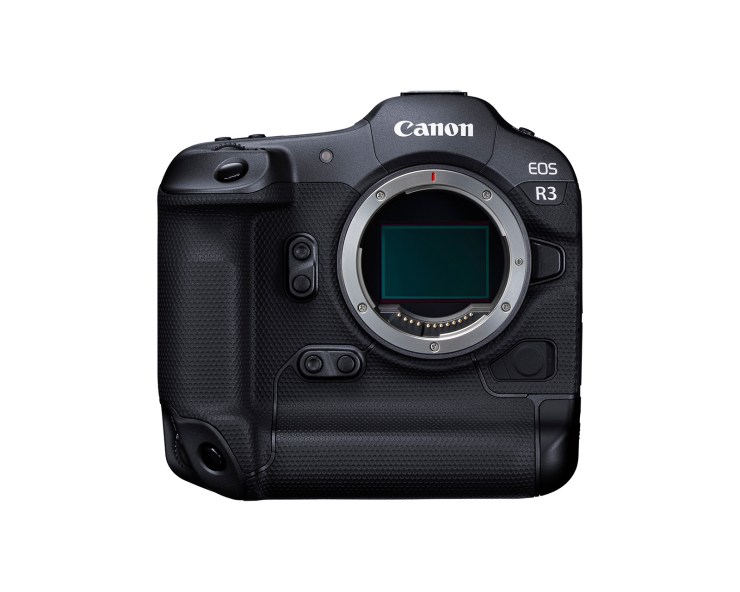
The Canon EOS R3 is a pro body camera with all of the bells and whistles you’d expect to find in a camera with a premium price tag. The camera features a rugged design that allows it to be outside in the worst that Mother Nature can deliver. The EOS R3 uses a stacked 24-megapixel full-frame sensor which helps eliminate rolling shutter while still providing top-notch files. The R3 can shoot 30 frames per second with the electronic shutter and 12 frames per second with the mechanical shutter. So, you’ll have no problems capturing the moments that matter. The R3 has a neat party trick too.
The eye-controlled autofocus is the real party piece of the Canon EOS R3. All you have to do is look where you want to focus, and the camera tracks what you’re looking at. It takes a little while to get used to, but soon, you’ll find yourself immersed in what you’re doing, and you’ll be capturing the shots of your life. On top of this, you’ll get dual card slots (CFexpress and UHS-II). 5-axis image stabilization, a 120 frame per second EVF and a vari-angle touchscreen. For professional sports photographers, cameras don’t get much better than the Canon EOS R3.
CHECK THE LATEST PRICES AND AVAILABILITY HERE
Sony A1 — A fast and furious camera with no rolling shutter
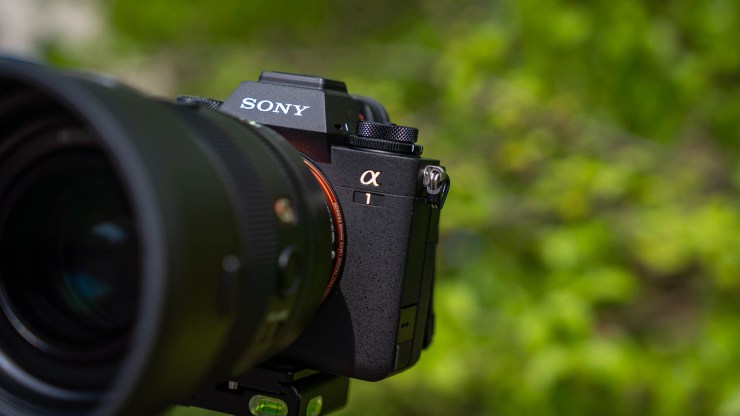
The 50-megapixel Sony a1 broke new ground with the introduction of the stacked sensor. This technology delivers breakneck readout speeds, which essentially eliminates rolling shutter. While this might not sound like a game changer for sports photography, trust us, it is. Sports photographers can now easily track fast-moving subjects and can capture shots without background elements becoming highly distorted. This is a game changer for photographers who do a lot of panning.
The stacked 50-megapixel sensor is a thing of beauty. Images are rendered with immense detail. Dynamic range levels are off the charts, and the colors produced are nice and natural. You can rattle off 30 frames per second with full autofocus. The Sony a1 features improved weather sealing which is vital to those who spend time at outdoor sporting events. The ergonomics have been improved, and so has the IBIS. The Sony a1 is expensive; however, the a1 might be the camera for you if you want sports photography to be easy. Read about the Sony a1 in our full review.
CHECK THE LATEST PRICES AND AVAILABILITY HERE
Tell your story with the second annual Visual Storytelling Conference!
Experience four days of interactive, online training sessions featuring a range of educational content with experienced photographers and content creators. This free event kicks off with a series of technical boot camps to build essential skills, followed by live, online sessions on photography, video, business and social media. Join live from March 10-13, 2022!
